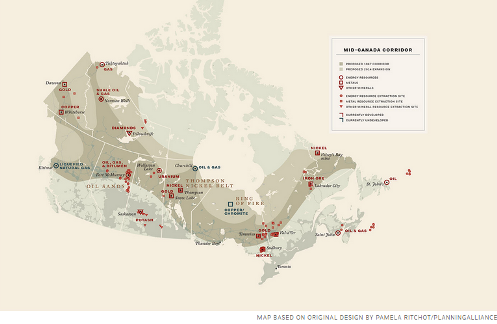The Globe and Mail is Canada’s national newspaper with the second largest broadsheet circulation in the country. It has enormous influence on Canada’s political and business elite.
CALGARY — Alberta’s oil patch and government are watching nervously as the slump in world oil markets threatens the province’s economic boom.
The price of West Texas Intermediate (WTI) crude, a grade used as a benchmark in pricing, fell slightly to $81.78 (U.S) a barrel on Wednesday, extending a recent rout that has taken it down 10 per cent this month alone. Oil prices have tumbled as the demand for crude in major economies has fallen and producing countries have stared each other down, refusing to cut output for fear of losing market share.
For Alberta, the oil plunge is rekindling bitter memories. In the financial crisis of late 2008 and early 2009, skidding oil prices and a credit crunch forced the Canadian industry to cancel or shelve as much as $90-billion (Canadian) worth of energy expansion plans, many in the oil sands. At the time, WTI sank below $40 (U.S.) a barrel.
Suddenly, some high-cost projects in Alberta are again at risk, and sustained weak pricing could hamper the industry’s current forecast for oil sands output to double over the next decade. Any cutbacks will reverberate through the Alberta economy, which has driven economic growth in Canada in recent years.
Energy prices weigh “extremely heavily” on the whole Alberta economy, said Douglas Porter, chief economist at BMO Capital Markets.
























